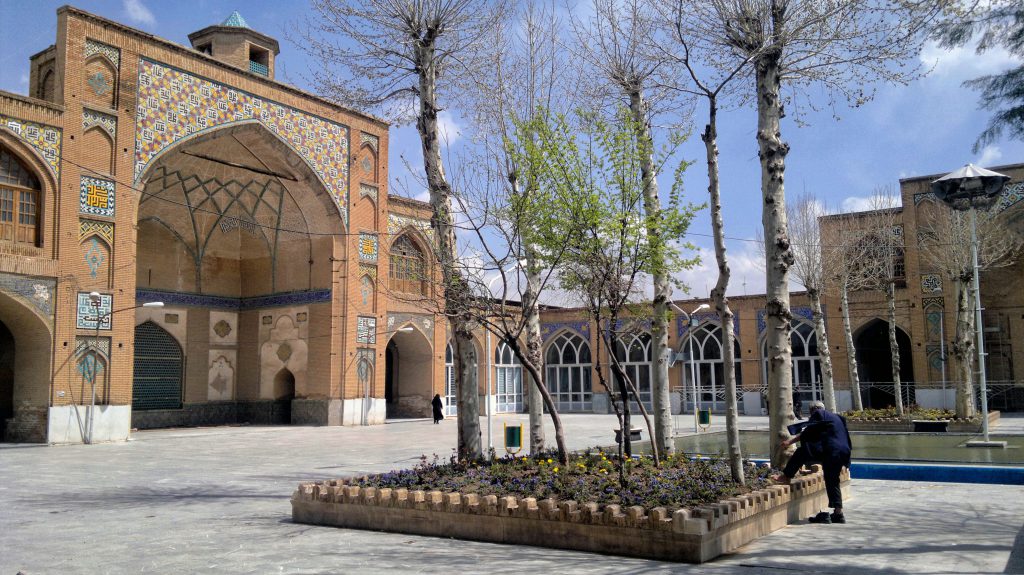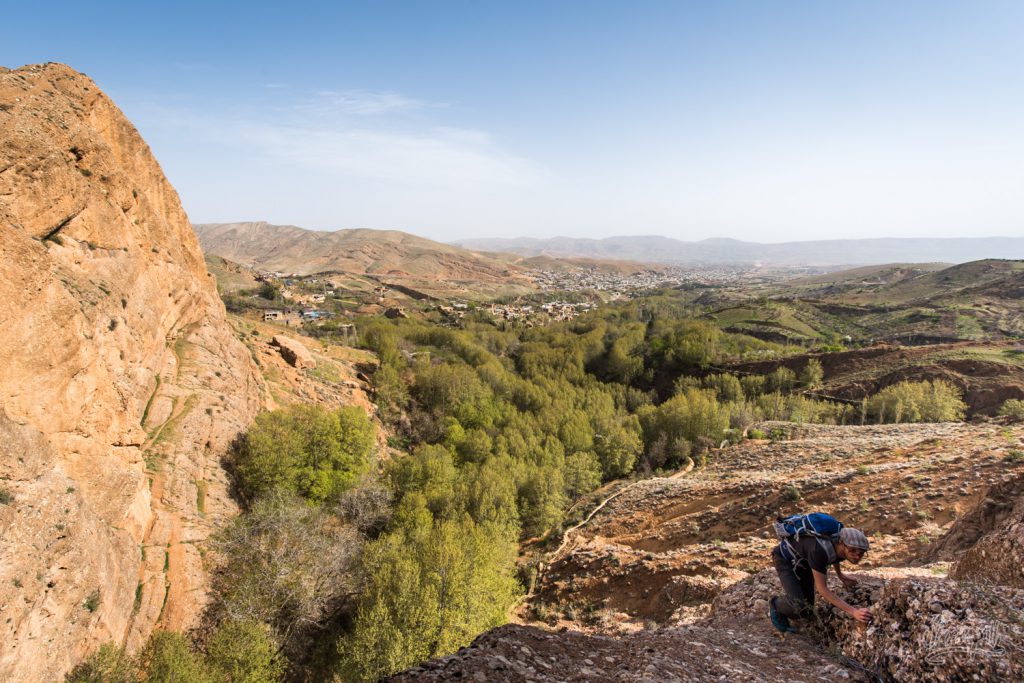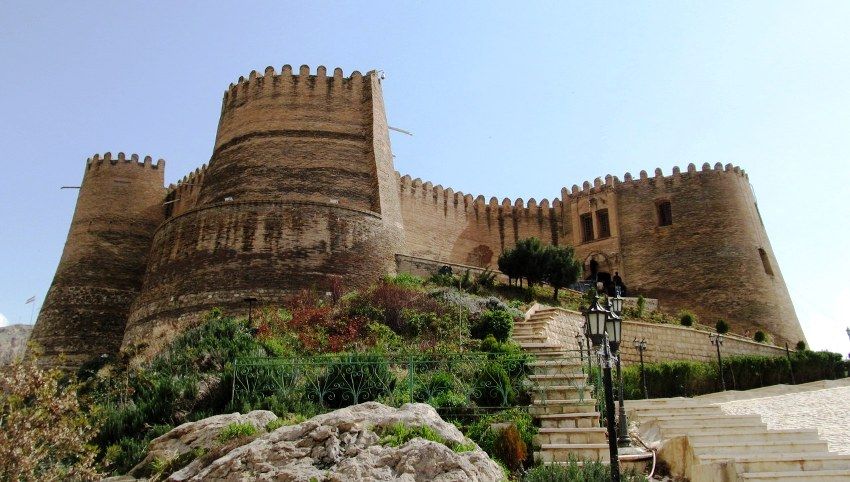The calligraphy capital of Iran, Qazvin, is the largest city and capital of the Province of Qazvin in Iran and it is located in 150 km northwest of Tehran, the capital of Iran. At the year 2016, the population of Qazvin was 402,748 making it the 22nd most populous city of Iran. Qazvin was once the capital of Iran, during the Persian Empire of Safavid dynasty in 1548-1598. This city has been a significant cultural center throughout the history. The archeological discoveries, tells about the presence of urban agricultural settlements for at least 9 millennia in the Qazvin plain. Qazvin is famed for its Baghlava (a rich and sweet dessert pastry), seedless grapes, carpet patterns and poets; it also has a beautifully restored caravanserai remained from Qajar dynasty with all of its mesmerizing architecture called Caravanserai of Sa’d Al-Saltaneh. Despite the beautiful Caravanserai of Sa’d Al-Saltaneh, Qazvin is home to several ancient buildings and a number of monuments remained from ancestors. One of them is Meimoon Ghal’eh also known as “Mehman Ghal’eh Castle”, which is one of the many castle ruins scattered all over the Qazvin area. The castle’s date of construction is still unknown. Some of the buildings of Qazvin belong to a time when Qazvin was the Capital of Iran, the time of Safavid dynasty, and among them the most famous building is Chehel Sotoun (Forty Column), which was once a royal palace, but now it has turned into a museum. Al-Nabi Mosque (also known as Masjed Soltani or Masjed Shah), one of the most glorious mosques of the ancient times, is one of the buildings of Qazvin that based on some inscriptions it is found by Fath Ali Shah (one of the kings of Qajar dynasty), however based on other sources it belongs to Safavid era. It is now believed that this structure is constructed in 1787 by the architect Ostad Mirza Shirazi. However among all of the buildings and tourist attractions of Qazvin there’s one that is in fact one of the most popular ones, the famous castle of assassins. Alamut Castle, the ruins of a mountainous fortress, that contains one of history’s most fearsome secrets, located on the rough peaks of Alborz Mountains. Once it was headquarter for assassins’ state, today, it towers above the sleepy village of Moallem Kalayeh in a secluded valley that has been all forgotten by the outside world. The Alamut castle was built by the Justanid ruler, around 865 AD. Once he was on a hunting expedition in a remote valley that he found this cryptic place with its tactical advantage location while he was following an enormous eagle that landed on a rock at the top of a hard to reach mountain. He built this castle there, naming it “Alamut”, meaning “the Eagle’s Nest”. Alamut remained under Justanid control until the arrival of the Ismaili chief, Hasan-i Sabbah to the castle in 1090 AD, marking the start of the Alamut period in Ismaili’s history. It was headquarter for several other castles that were established by assassins throughout Persia and Syria at those times. However just like every other story, the story of “The Old Man of the Mountain” came to an end by the invasion of Mongol Empire, that destroyed the castle and its famous library and as a result assassin’s control of the fortress was lost. Alamut castle contains a lot of secrets and mysteries of the history, despite they were once ruined, you can find the remnants of one of history’s most fearsome secrets nowadays in Iran located near Qazvin city and the village of Moallem Kalayeh. The calligraphy capital of Iran has a lot of stories to tell to people through its different buildings and historical sites that each belongs to a different time in history.



